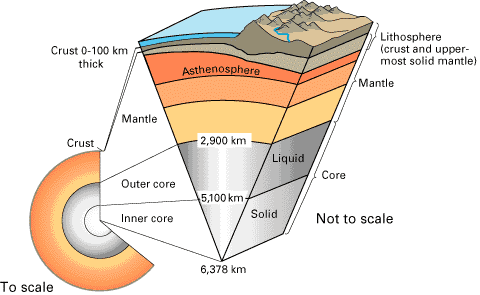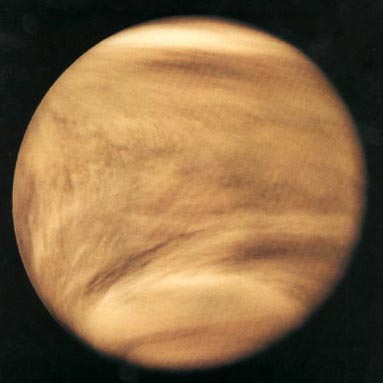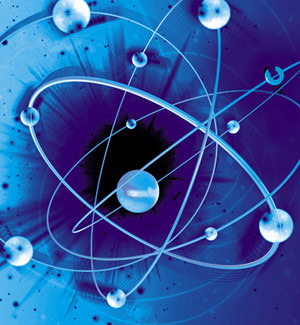“Fly me to the Moon and let me play among the stars… Let me see what life is like on…” Oh, hi there! I’ll just bet you know what’s up with the double image, don’t you? That’s right. A little “stereo magic” by Jukka Metsavainio. But this time you’re in for something really different. Step inside for a magic carpet ride you’ll never forget…
This time our visualization moves! That’s right. You’re going to take a virtual 3D journey along the lunar surface… Just like you were flying along in your own personal lunar lander. While Jukka has instructed that this video was prepared in parallel vision only, I had no trouble slightly crossing my eyes and getting it to work for me that way. I hope you’ll find this as exciting as I did! (And I hope you’re able to see it. Remember, not everyone can…)
As you watch the scenery unfold, see how many craters you can identify as we tour from the lunar south to north. I see Maurolycus and Stofler drift by… Then you can see the huge central peak in Arzachel sticking up out of the shadows! Next thing you know, there’s Albategnius with its vacant looking floor and central peak. Ptolmaeus, Hipparchus, Mare Vaporum… Then look out! Vrrrrrrrrooooooom…. Here come the Apennine Mountains with the deep wells of Aristillus and Autolycus on one side and the smooth plains of Mare Serenitatis on the other. Next thing you know? We’re flying over the Caucasus Mountains and you can see the Alpine Valley like the lunar Grand Canyon… and over there! Over there is Atlas and Hercules! And all the way up at the top? Ah… Goldschmidt! Now, if you’ll pardon me. I’ve got a carpet to catch.
Again!
Many thanks to Northern Galactic member, Jukka Metsavainio for sharing his incredible visions with us. We understand how many hours upon hours it takes to do this, and we cannot thank you enough.









